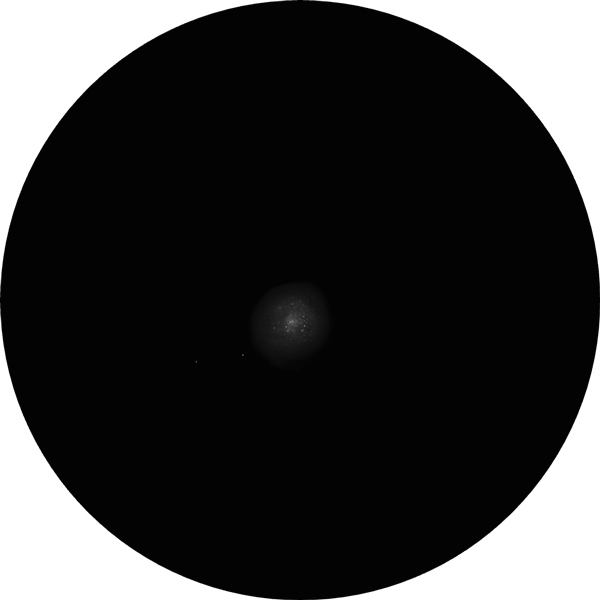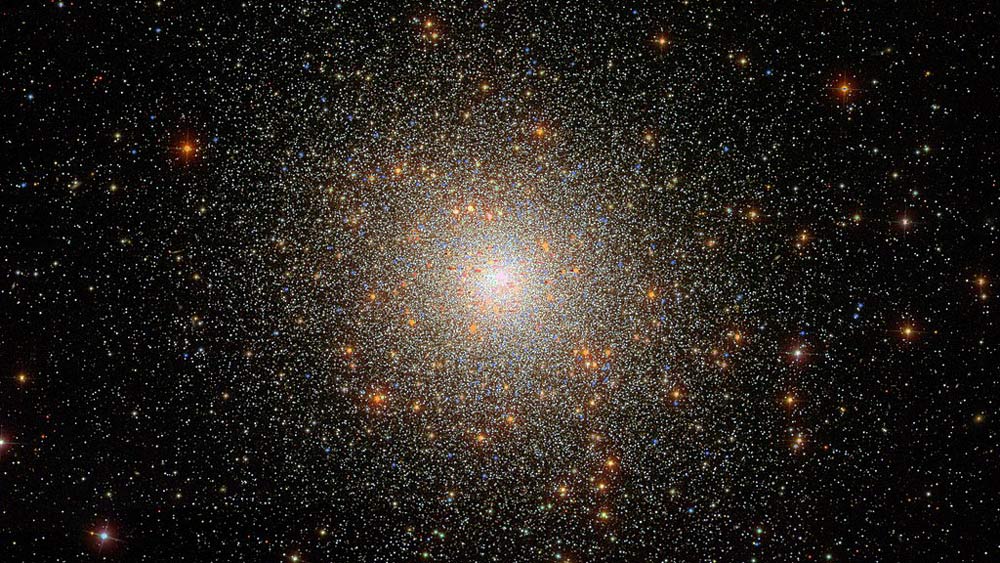Messier 5, also referred to as the Rose Cluster, is a globular cluster in the constellation Serpens. It’s best viewed in summer.
On the night of May 5, 1702, Gottfried Kirch was comet hunting with his wife Maria when they discovered a “nebulous star” in the constellation of Serpens. The Kirches stumbled upon one of the largest, brightest, and oldest clusters in the heavens — a cluster measuring 165 light-years across!
Messier 5 (M5) is a popular target for backyard astronomers. Where else can you stare directly into 100,000 stars at once? So, the next summer night you’re star-hopping, be sure to navigate your way to one of the greatest clusters in the sky. On a clear, dark night, you can find the cluster with the naked eye. With binoculars, it looks like a fuzzy patch.
My Observations
| Date | June 25, 2020 |
| Time | 11:15 pm |
| Location | Seattle, WA |
| Magnification | 169x |
| Scope | Meade 8″ SCT |
| Eyepiece | 12mm |
| Seeing | Average |
| Transparency | Average |

June 25, 2020, at 11:15 p.m. observation: Messier 5 lives up to its reputation as a beautiful and engaging sky object. The center is bright and dense. The longer I stare into the eyepiece, more individual stars pop out of varying brightness as if I’m seeing Christmas tree lights from afar. A great target even under suburban skies.
June 5, 2023, at 10:50 pm PDT: On this evening before I pack up, I’ve decided to return to M5 to resketch it. My original drawing from 2020 never came out well. I forgot how nice and bright this globular is. And, my observation from 2020 is still true regarding how stars seem to pop out as I stare at the cluster longer.
Key Stats
| Constellation | Serpens |
| Best Viewing | Summer |
| Visual Magnitude | +5.7 |
| Absolute Magnitude | -8.7 |
| Distance from Earth | 24,000 ly |
| Diameter | 165 ly |
| Apparent Size | 23 arcmin |
| Milky Way Location | Orion Arm |
| My Viewing Grade | B |
Historical Observations
May 23 and 24, 1764 observation by Charles Messier
“The night of May 23 to 24, 1764, I have discovered a beautiful nebula in the constellation of Serpens, near the star of sixth magnitude; the fifth according to the catalog of Flamsteed. That nebula doesn’t contain any star; it is round, & could have a diameter of 3 arc minutes; one can see it very well, under a good sky, with an ordinary [non-achromatic] refractor of one foot. On March 11, 1769, at about four o’clock in the morning, I have reviewed that nebula with a good Gregorian telescope of 30 pouces, which magnified 104 times, & I have ensured that it doesn’t contain any star.”
William Herschel in 1791
“With a magnifying power of 250, it is all resolved into stars: they are very close, and the appearance is beautiful. With 600, perfectly resolved. There is a considerable star not far from the middle; another not far from one side, but out of the cluster; another pretty bright one; a great number of small ones. Here we have a case where the penetrating power of 20 fell short, when 29 resolved the nebula completely. This object requires also great magnifying power to shew the stars of it well; but that power had before been tried, in the 7-feet, as far as 460, without success, and could only give an indication of its being composed of stars; whereas the lower magnifying power of 250, with a greater penetrating power, in the 10-feet instrument, resolved the whole nebula into stars. I counted about 200 of them. The middle of it is so compressed that it is impossible to distinguish the stars.”
Sources and Notes
- The photo of M5 on this page is provided by ESA/Hubble & NASA and is in the public domain.
- The observation by Charles Messier is from the website: Messier.seds.org
- The observation by William Hershel is from the website: universetoday.com
- Sketch by Wayne McGraw
